I am in the quest to build a cheap bench power supply, i have successfully designed, built and tested the entire voltage circuitry.
The device includes a graphic LCD screen that displays the voltage output. I am in the process of designing the variable amperage part of the circuitry and i don't quite understand something.
I want to add measurement of the amp limit like all bench top power supply have, but i am not quite sure how to measure that. Is there a chip inside it that approximates the value and displays it depending on the position of the knob?
Or is there a way to measure it using a multimeter with no load on it?
